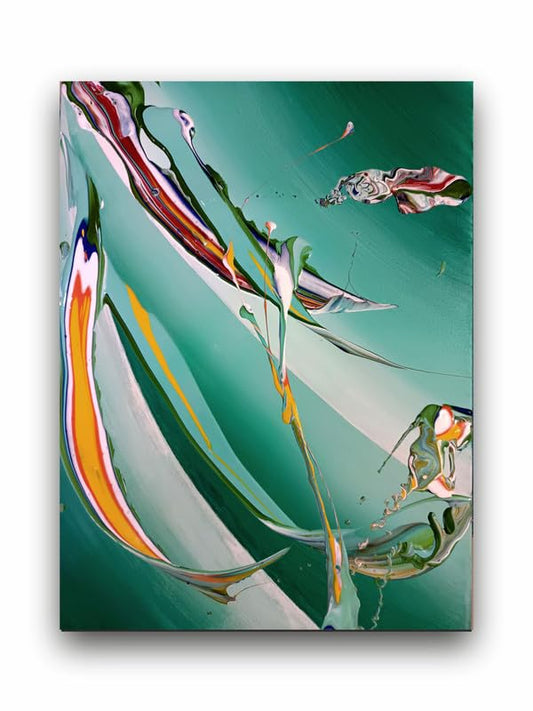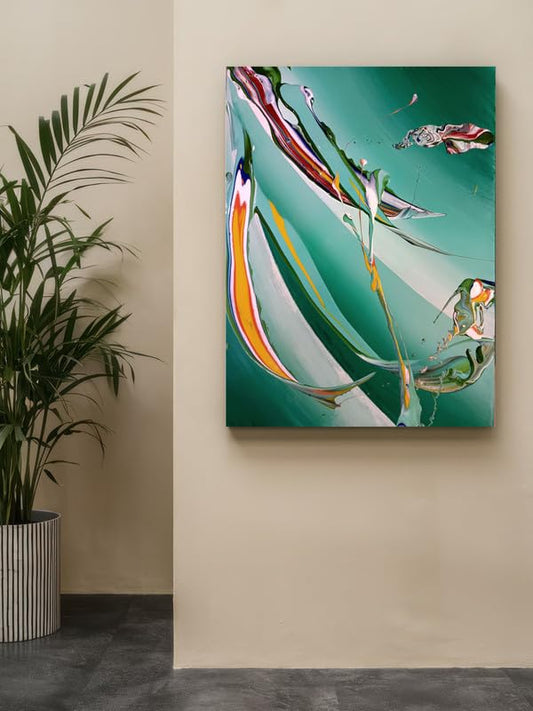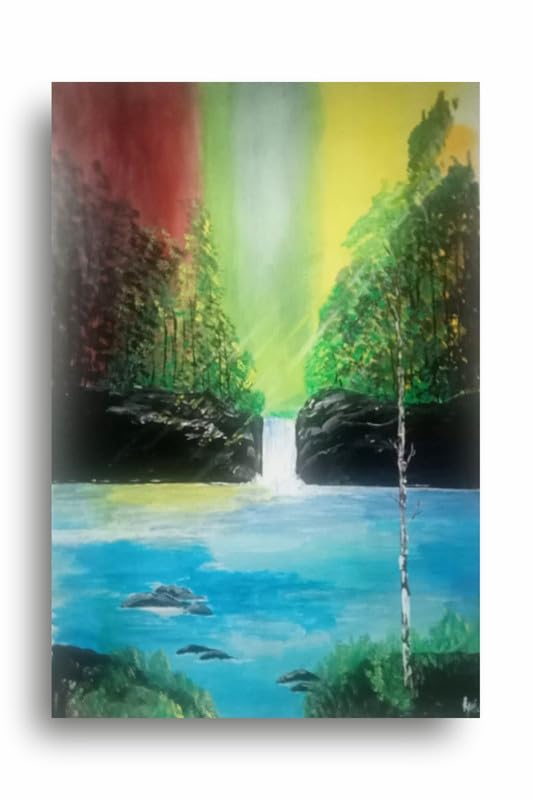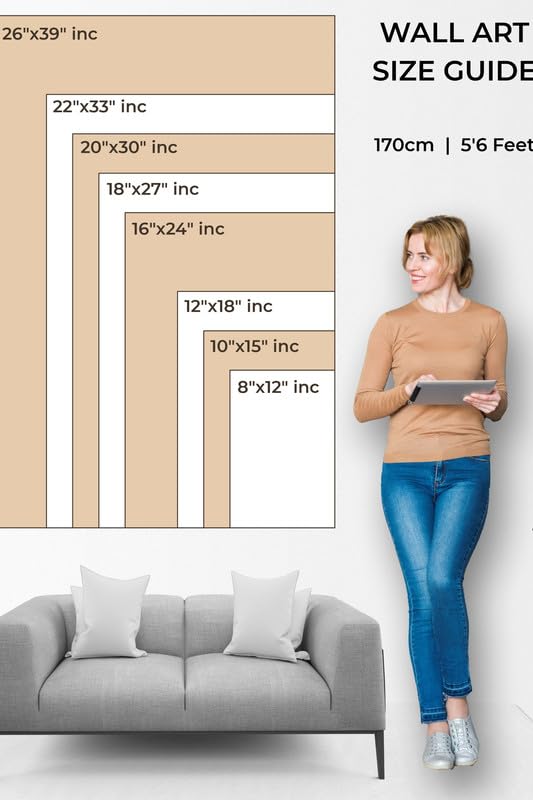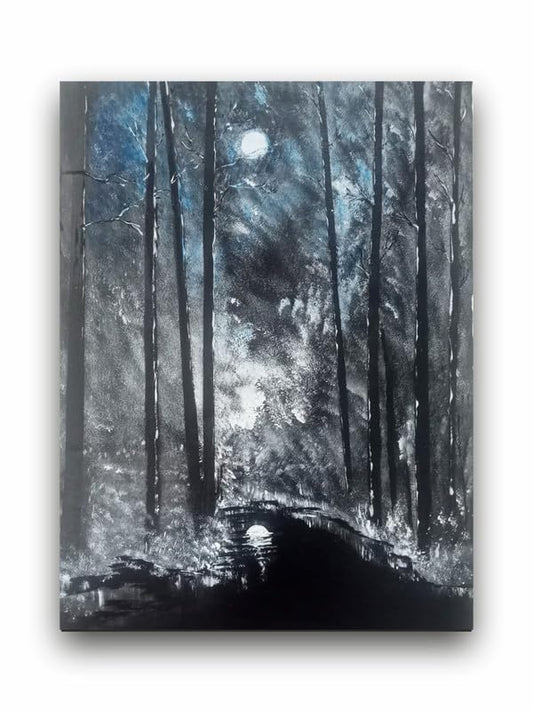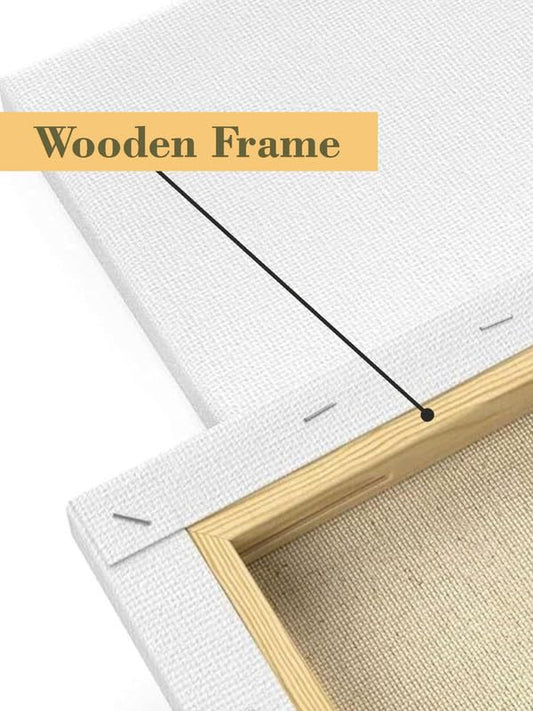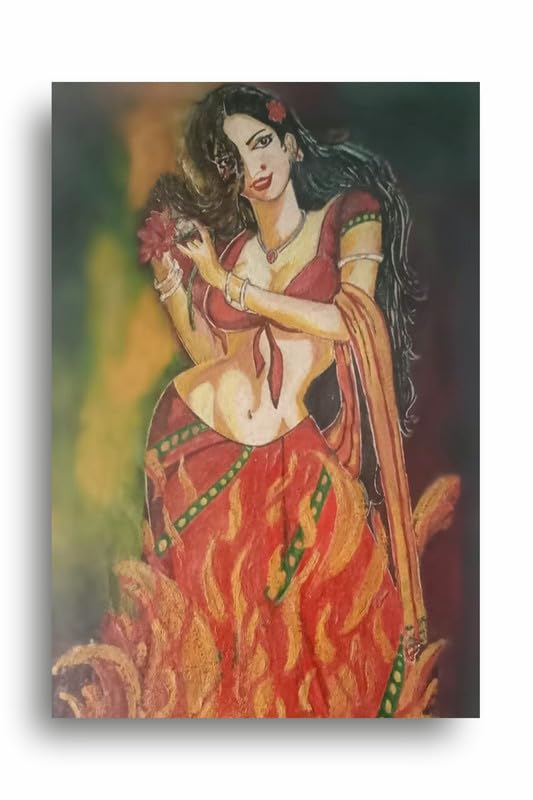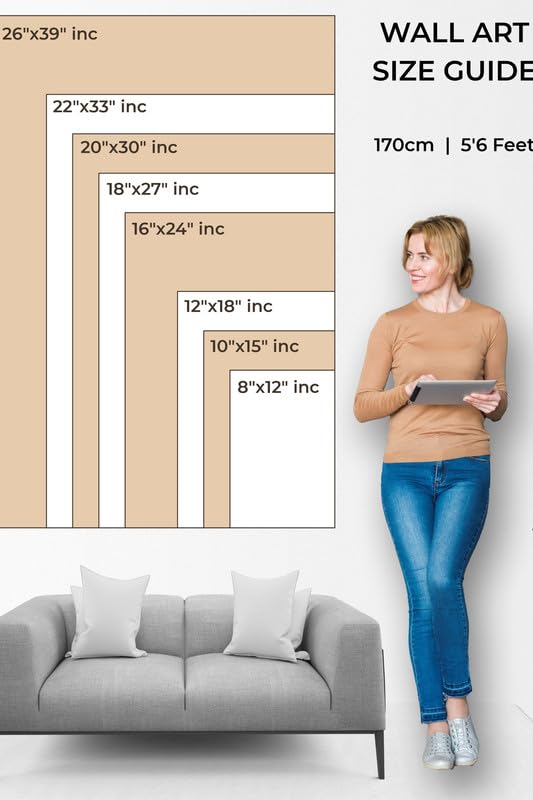
Techniques and Guidelines for Abstract Watercolor Art
Techniques and Guidelines for Abstract Watercolor Art
Abstract art is a stunning opportunity to express feelings and ideas using creativity, not engaging in the realistic representation of things. Watercolor, because of its fluidity and transparency, really is an excellent medium for creating abstract pieces as they look at trying to capture the whole range of emotions and sensations. Whether you are a beginner or an artist, these are some tips and techniques to help you explore the world of abstract watercolor art.
1. Walk in the Fluidity
The reason watercolor often is left to itself is because of the beautiful softness of the color blending and flowing texture, creating interesting transitions. Let that fluidity be expressed in your work-people love watercolor for this very reason: it lacks control, just as one is unable to grab water from a gloved hand. Allow paint and water to blend on paper; let some brush strokes be led by the flow rather than trying to control all the details; and forget imperfections and let accidents shape your artwork.
2. Playing with Color and Texture
Color is also a very important element in abstract watercolor. Use many different palettes with happy bright colors and even subdued shades to see how the colors mix and mingle with each other. Complementary color will give you contrast, while harmonious colors create harmonious scenes. Textures can be achieved by layering over the wash; add salt, or use a sponge with some interesting patterns and textures. The secret lies in knowing how colors and textures trigger moods or feelings.
3. Utilize Non-Traditional Tools
Abstract watercolor is not limited to paintbrushes. There are nonconventional tools from sponges and credit cards to your hands that might carry what you're looking for in a depth and spontaneity of work. Intricate marks and layers give abstract painting a more dynamic, lively feel. Feel free to experiment with odd approaches-this will let the creativity flow better.
4. Techniques Experimentation
One of the techniques you may play with is wet-on-wet, allowing colors to flow into one another in beautiful and unpredictable ways. Wet-on-dry is fantastic for adding sharper details and lines to your abstract piece. Splattering watercolors on paper with a brush or toothbrush creates texture and energy. Lifting-it involves lifting off some of the paint with a damp sponge that provides an opportunity to highlight and also makes lighter areas of the composition.
5. Let Your Feelings Guide You
Abstract art truly is all about emotion and personal expression. Whether you are justifying happy, sad, chaotic, or calm feelings, let your feelings guide your process. Sometimes creating abstract feels almost meditative, getting you closer to your inner self. Trust your instincts and let your feelings determine how you put the paint on.
Doing abstract watercolor art, therefore, is all about freedom and exploration. Don't be afraid of stumbling while pushing the boundaries of traditional watercolor techniques. Magic happens in abstract watercolor by the ability to represent something or evoke a feeling without the need for illustration. Go ahead and pull out your brushes, let your imagination lift off the ground, and have fun doing abstract masterpieces uniquely yours!
Techniques and Guidelines for Abstract Watercolor Art

